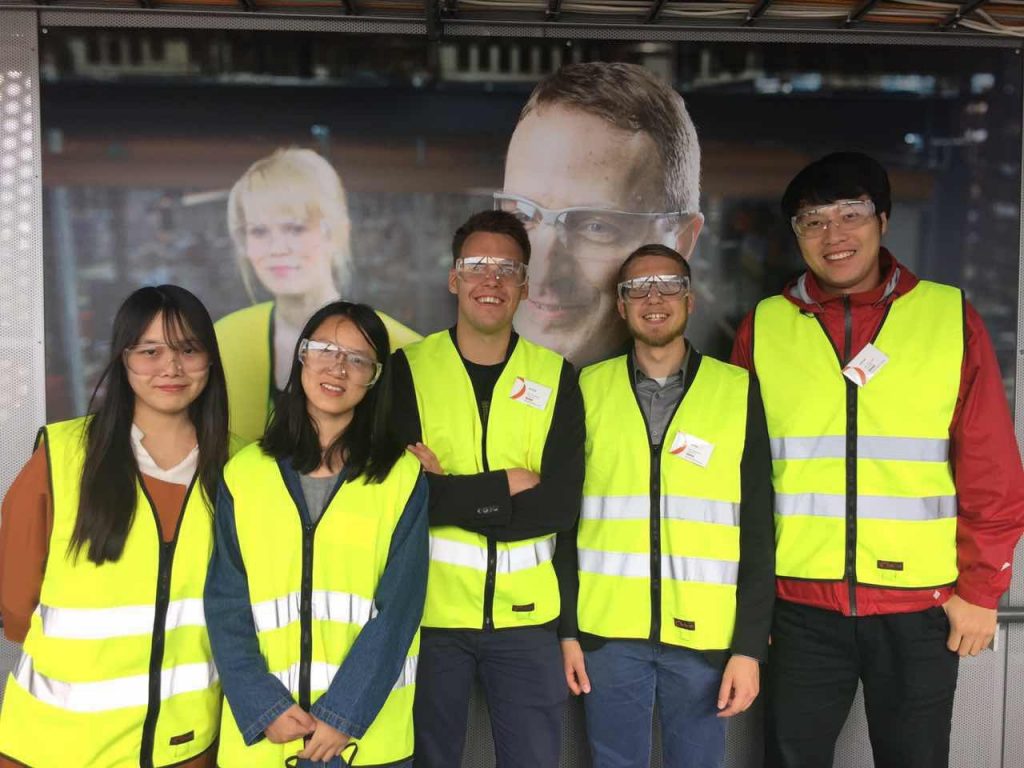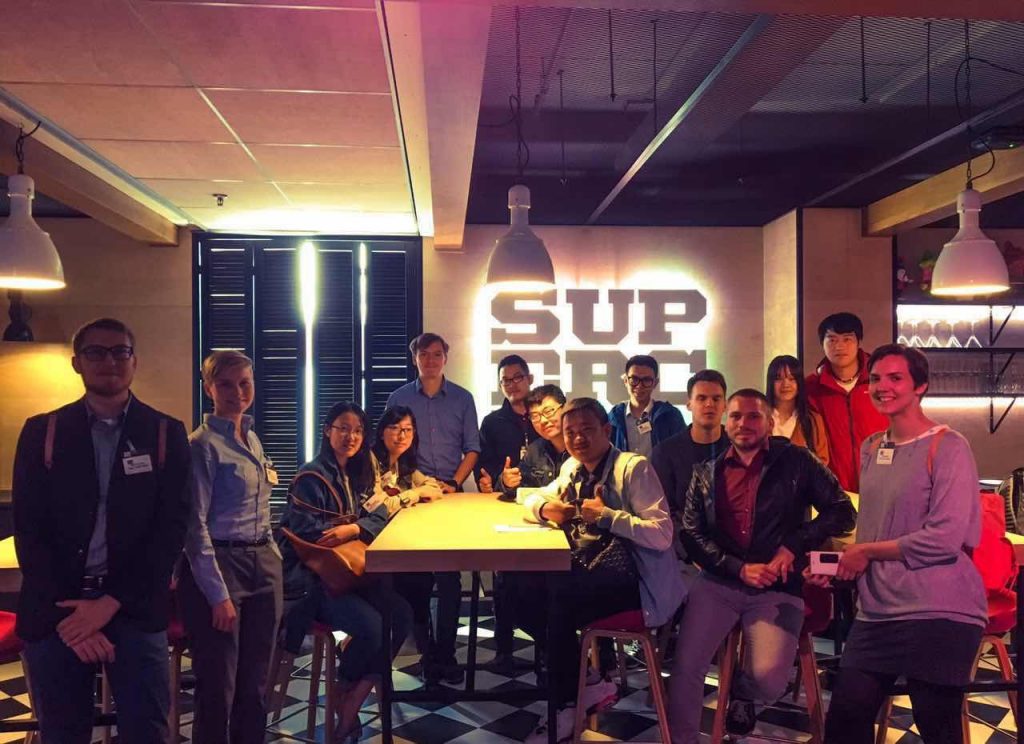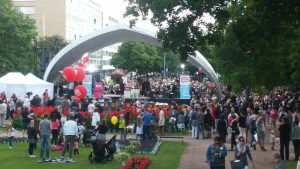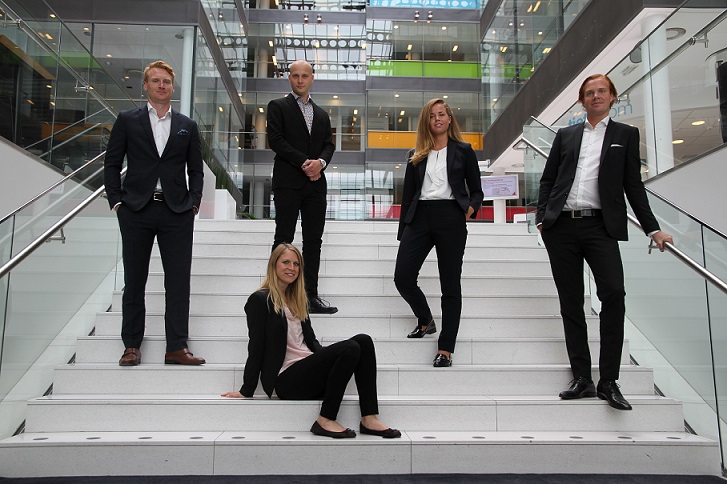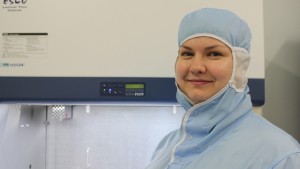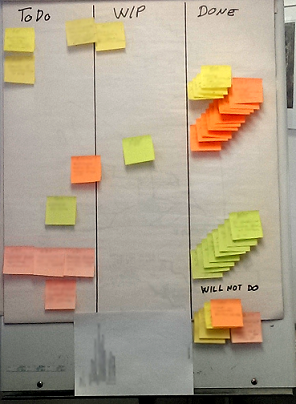We are living exciting times at Tieto. Not only do we have a new strategy and a new organizational structure, but we are also about to move to our new office in Keilalahti, Espoo, Finland.
The move itself will take place during the latter part of this year but we are already working full speed on the project. This is no ordinary move at all. We do not even call it relocation. For us, it is very much an experience project.
I have been working with employee experience (EX) for the last year and a half, striving to enhance our employees’ daily experiences. We have been fixing small things that have a big impact on atmosphere and feelings. It has been truly awarding to see how much we have gained through small changes. Just to mention a few, we’ve emphasized values like positiveness, collaboration, openness, and inspiration.
I am very proud that our organization has had the courage to talk about emotions and stress their importance. Why courage? Because I feel that it’s common to try to separate emotions from work. As we discuss happiness, anger, frustration, passion and curiosity openly, we acknowledge the importance of psychology and, even more importantly, the positive psychology.
There is indeed scientific evidence that positive emotions expand our vision. They help us observe the surroundings, see the big picture, and connect the dots. Positivity and openness help us tremendously – they boost health, foster relationships and build trust among colleagues. In contrast, negative emotions narrow our minds.
But what has that all to do with the new head office? The positive emotions we create in our new space – for employees, partners, customers and visitors alike – is extremely important. We are aiming for a true “WOW” effect by mixing a cool space, nice and functional furniture and new ways of working.
Our ambitious goal is to create an environment that supports our work, roles, strategic goals and ecosystem thinking in a way that increases positive emotions while decreasing the negative ones. On each floor, the new office will have different areas for communication, collaboration, concentration and chilling out. Our employees can choose an area that best fits them and their work. Moreover, the floor plan brings people together and thus beefs up collaboration and innovation.
We are currently conducting a workshop on having different work areas and creating an understanding of one’s “daily flow at the office”. In our next phase, we will continue with workshops for our line managers. We will also discuss our behavior more deeply and learn how to lead teams and people in the new ways of working.
I gladly invite you to participate in our transformation journey, and come to visit our new head office in the fall.
